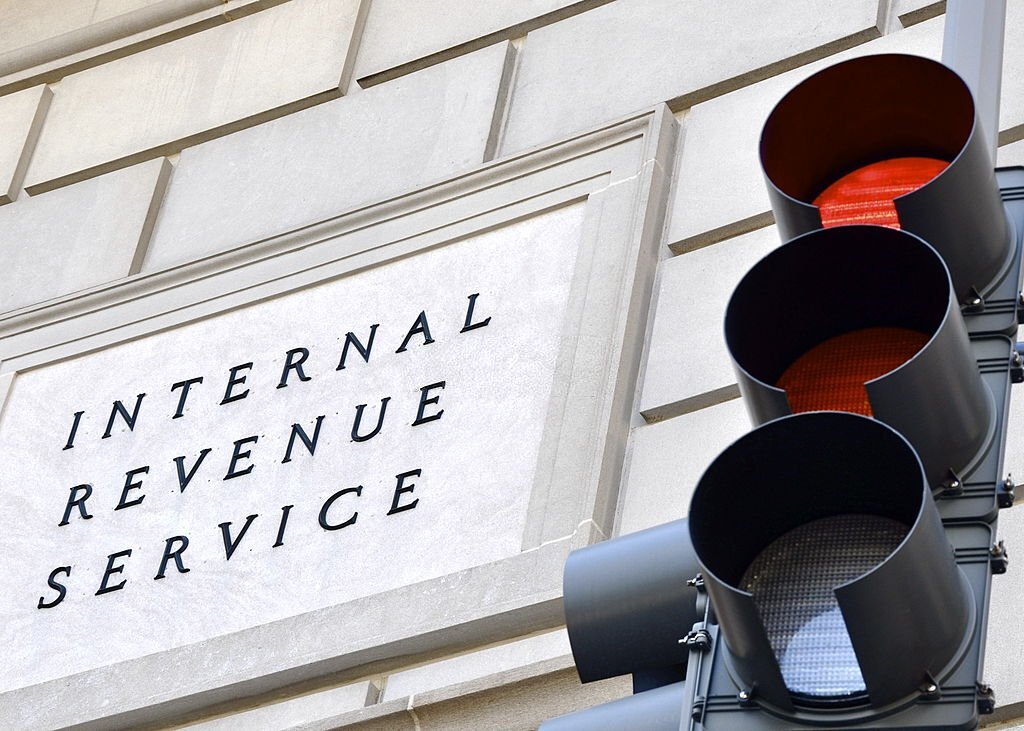COVID led many workers to transition from going to the office every day to working from a home office or leave their job altogether to embark on a new journey working from home. Self-employed workers may qualify for a home office deduction this upcoming tax season, but there are certain rules that must be met and records that must be kept.
To deduct home office expenses, a taxpayer must use the space exclusively and regularly:
- As a place of business
- As a place to meet or deal with clients and customers in the normal course of business, or
- In connection with the business if the space is a separate structure from the residence (for example, a detached garage)
For 2018-2025, the home office deduction for employees is suspended by the 2017 Tax Cuts and Jobs Act (TCJA). Only self-employed taxpayers can claim the home office deduction from 2018-2025. The home office deduction is available to both homeowners and renters, though specific requirements must be met. Even then, the deductible amount may be limited.
The records taxpayers will need to claim this deduction on their return depend on the method used to figure out the deduction.
The regular method is more difficult and uses actual expenses. Direct expenses (expenses directly related to the home office such as painting or repairs, depreciation deduction for furniture and fixtures used in the home office, etc.) are allowed in full and indirect expenses (expenses related to the home such as mortgage interest, property taxes, insurance, utilities, general home repairs) are deductible based on the percentage of the home used for business. Under this method, the taxpayer is required to depreciate their home office space, so the value of the home will be needed.
For the simplified method, actual expenses are not deducted. The square footage used as a home office (up to 300 square feet) is multiplied by a prescribed rate ($5 per square foot). The maximum deduction under the safe harbor is $1,500.
If using the regular method, all expenses would need to be tracked. If using both simplified and regular, they would need to know the square footage of space used for the home office.
The National Association of Tax Professionals recommends taxpayers work with a qualified and trained tax professional to determine if they qualify for the home office deduction, and if so, what paperwork they need to claim the credits on their return.
For more information about NATP, visit natptax.com. To speak with a tax expert on this topic, please contact Nancy Kasten at nkasten@natptax.com.
Thanks for reading CPA Practice Advisor!
Subscribe Already registered? Log In
Need more information? Read the FAQs




